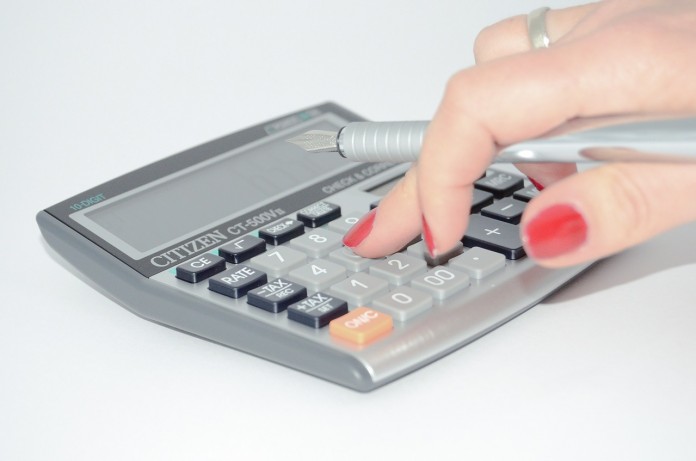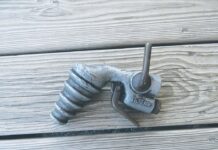2016 will not go down as a stellar year for many farms in Ohio. It has been an equal opportunity year — not particularly good for dairy farms, crop, beef, swine, or poultry farms.
There have been multiple ways for it to be unstellar: wet weather, dry weather, low prices and noxious weeds.
Tax liability
In the stellar years, income tax planning is important, and October is a good month to start that planning process. A profitable farm should have to pay income taxes, but we don’t want to pay any more than we have to. Logically, we shouldn’t have to worry about income taxes in a poor year. However, in some cases, a farm may be struggling to pay bills, yet still have an income tax liability. How could this happen?
Farm income is likely down on many farms. If the farm is current on all of its accounts, then it is highly likely that net farm income will also be down, but hopefully it is still positive. Even if it is positive, it is quite possible that family living draws have been reduced to help make ends meet, and assure that all of the scheduled loan payments were made.
On some farms, it is possible that all loan payments were made, but the farm may have fallen behind on some of the regular bills. Maybe instead of paying the feed bill in full every month, the farm is a month or even several months behind. Maybe the seed and spray bill won’t be completely paid off by the end of the year like it usually is.
Double whammy
The challenge with this scenario is that those normal cash expenses can’t be deducted until they are actually paid (for farms that use cash based accounting for the income tax preparation, which is the vast majority of Ohio farms).
This unfortunate set of events can hit a farm with a double whammy.
Poor cash flow doesn’t allow all of the bills to be paid. This results in an income tax liability because all of the bills haven’t been paid so the expenses can’t be deducted from the year’s income. Nasty all around.
Depreciation to consider
This scenario can be worse if there is limited scheduled depreciation to apply to 2016’s income tax calculations.
Typically the cost of assets like machinery, equipment, buildings and breeding livestock are charged to the operation over a period of years, a scheduled depreciation charge.
Usually a farm has a depreciation schedule, but if most items that could have been depreciated over multiple years were depreciated in one year using section 179 expensing to minimize previous years’ income tax liabilities, there may be little or no help available as a depreciation expense for 2016 taxes.
Don’t ignore it
The best strategy is to address the issue early and head-on. Estimate income and final expenses for the rest of the year.
It is highly likely that income will be down, but are expenses also down? Are there past-due accounts that can be paid off before Dec. 31 to reduce net income? Are there funds to pay off any past-due accounts? Paying bills using a line of credit in 2016 allows those bills to be deductible expenses in 2016.
Is there enough scheduled depreciation to minimize your 2016 tax liability? If not, were any capital purchases or improvements made earlier in the year that qualify for accelerated or Section 179 expensing?
Do not allow yourself to fall into the trap of purchasing something strictly to minimize an income tax liability. While it might be possible to purchase an item with credit, if it is not needed by the farm, is it a good use of the farm’s financial resources?
Bottom line, how will the item increase the profitability of the farm and pay for itself?
Bad years can get worse at tax time. While we don’t automatically think about income tax planning when it doesn’t seem like any money was made, it is very important to budget time to see what direction your farm’s tax liability is heading while there is still an opportunity to change its direction.













